In the ever-evolving landscape of finance and investment, technological advancements have given rise to new trading strategies and techniques. One such innovation is high-frequency trading (HFT). In this article, we'll explore what high-frequency trading is, how it works, its impact on financial markets, and the controversies surrounding it.
What is High-Frequency Trading (HFT)?
High-frequency trading (HFT) is a trading strategy that leverages advanced computer algorithms and high-speed data networks to execute a large number of trades in a fraction of a second. HFT firms aim to capitalize on minuscule price discrepancies, often profiting from market inefficiencies that may exist for just milliseconds.
How Does High-Frequency Trading Work?
High-frequency trading relies on several key elements:
1. Algorithmic Trading: HFT strategies are executed by algorithms, which are computer programs designed to make rapid trading decisions based on predefined rules and criteria. These algorithms analyze vast amounts of market data in real-time.
2. Ultra-Fast Execution: HFT firms invest heavily in cutting-edge technology and high-speed data connections to execute trades at lightning speed. They often co-locate their servers in proximity to exchange data centers to minimize latency (delay) and gain a competitive advantage.
3. Arbitrage Opportunities: HFT algorithms search for price discrepancies between different markets or across various asset classes. When a discrepancy is detected, HFT systems execute trades to profit from the price differential.
4. Liquidity Provision: HFT firms often act as market makers, continuously offering to buy and sell securities. By providing liquidity to the market, they aim to profit from the bid-ask spread—the difference between the buying and selling prices.
5. Statistical Arbitrage: HFT algorithms use statistical models to identify patterns and correlations in market data. These patterns can guide trading decisions to profit from short-term price movements.
Impact on Financial Markets:
High-frequency trading has had a profound impact on financial markets:
1. Increased Liquidity: HFT firms' continuous trading activity contributes to market liquidity, making it easier for investors to buy and sell securities.
2. Reduced Bid-Ask Spreads: HFT firms' market-making activities have led to narrower bid-ask spreads, potentially reducing transaction costs for all market participants.
3. Volatility: While HFT can dampen market volatility by providing liquidity, it can also contribute to brief periods of extreme volatility, known as "flash crashes," due to rapid and automated trading reactions.
4. Controversies: HFT has faced criticism for the potential to disrupt markets and for exploiting market microstructure to gain an unfair advantage.
Controversies Surrounding High-Frequency Trading:
HFT is not without controversy:
1. Unfair Advantage: Critics argue that HFT firms, with their technological resources and speed advantages, can front-run other market participants and gain an unfair advantage.
2. Market Fragmentation: The proliferation of HFT has led to market fragmentation, with trading taking place across multiple venues. This can complicate market structure and regulation.
3. Flash Crashes: High-frequency trading has been associated with flash crashes, where markets experience rapid and severe price declines, followed by rapid recoveries.
4. Regulatory Scrutiny: HFT has attracted regulatory attention, resulting in measures aimed at increasing transparency and regulating trading practices.
Conclusion:
High-frequency trading is a sophisticated and technology-driven trading strategy that has transformed financial markets. It offers benefits such as increased liquidity and reduced spreads but also raises concerns about market fairness and stability. As technology continues to advance, HFT will remain a topic of debate and scrutiny in the world of finance and investment. Understanding its mechanics and implications is crucial for investors and regulators alike as they navigate the complex landscape of modern financial markets.

